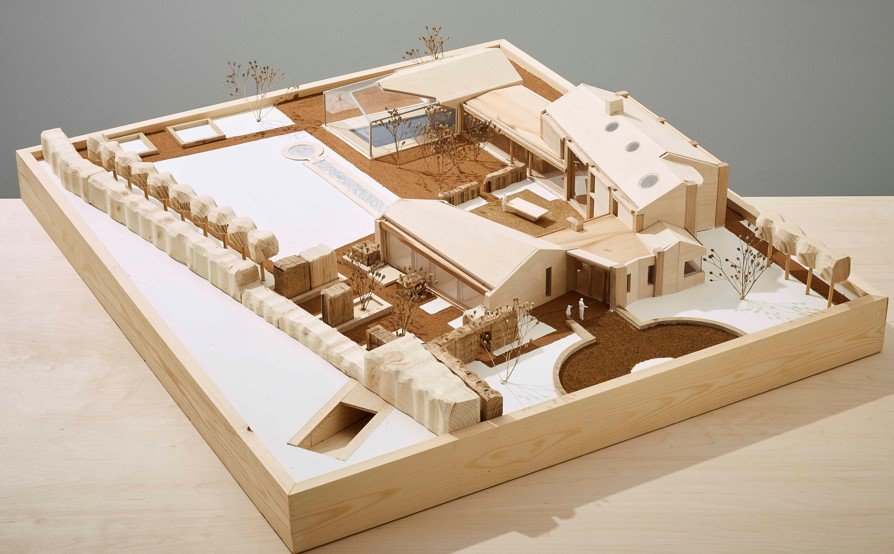Think Big! Gaining planning consent for complex projects
Complex projects such as Paragraph 80, Green Belt replacement dwellings and those within an Area of Outstanding Natural Beauty or Conservation Area require a coordinated approach.
We are passionate about planning. We really enjoy taking on the challenge of a difficult site: something that needs thorough research, a great story and lots of innovation.
The planning laws are complex and we take the lead from expert consultants. We also carry out in-depth research to find the best way to tell the story of a project and win the planning officers around to support our ideas. For us, these are some of our favourite projects and we tackle them together as a team of experts: landscape architects, architects and building energy specialists.
Case study: a replacement dwelling in the Green Belt
A previous planning application had been refused and we were brought in by Ridge Planning for a second shot. The client wanted to spend upwards of £5million on the combined architecture and landscape scheme for what will be their forever, legacy home. This was a challenging site, as it also included contaminated land from a landfill.
During the planning application process, we made three pre-application meetings with the officer in charge, keeping her informed of design development and taking on board her comments. This in turn meant that she could confidently say, ‘the applicant sought detailed pre-application advice from the authority and acted upon this in advance’.
Above: Existing building in red with proposed in blue, showing that the profile of the building is reduced.
The above illustration shows how a huge basement area has been created in addition to the replacement dwelling area. This increased the volume of the development by about 33% above the permitted development size. This was allowable, so long as it could not be seen from the outside! Spending the time with the planning consultant to find a way to achieve this was certainly worthwhile for our client.
We also take sustainability extremely seriously, ensuring we enhance any site setting in terms of biodiversity, and that both embodied energy and in-use energy are minimised. This is why we advocate Passivhaus as a minimum standard for future-proofing new developments and aspire to be carbon neutral in our projects. We carry out energy modelling from the start of a project as well as a detailed assessment of the site.






